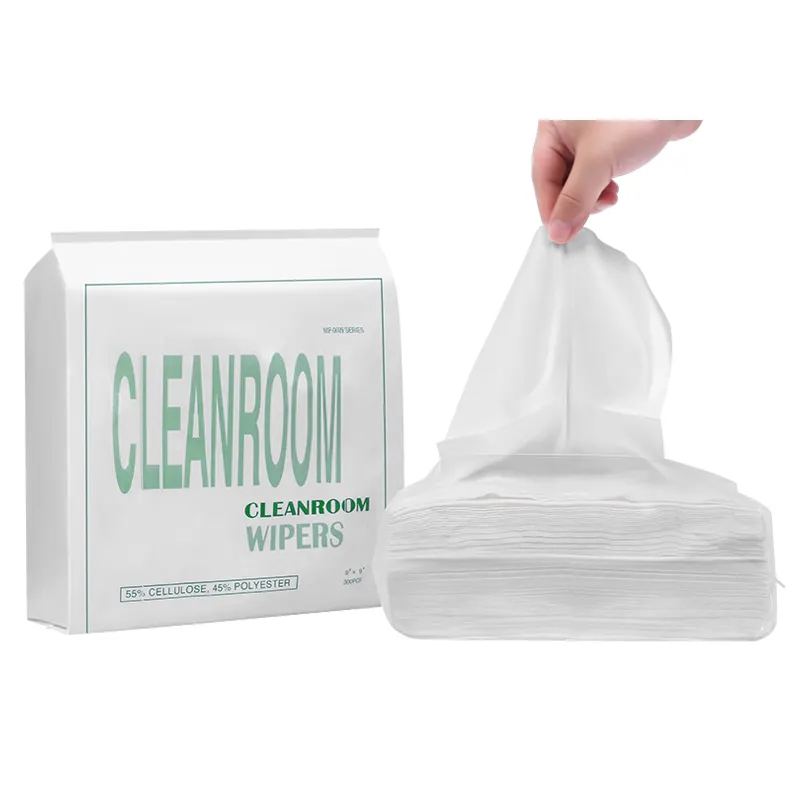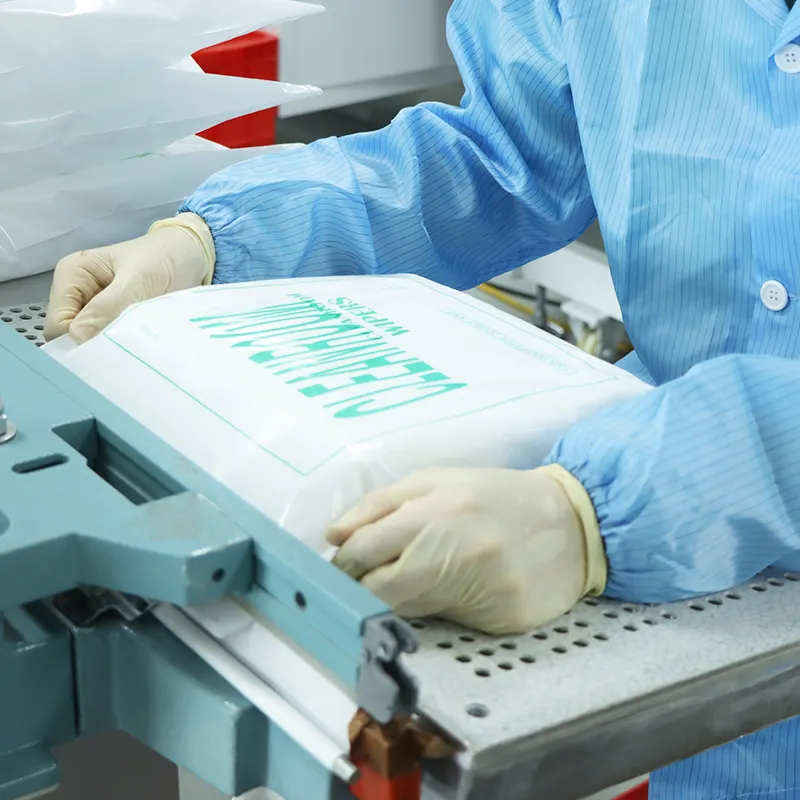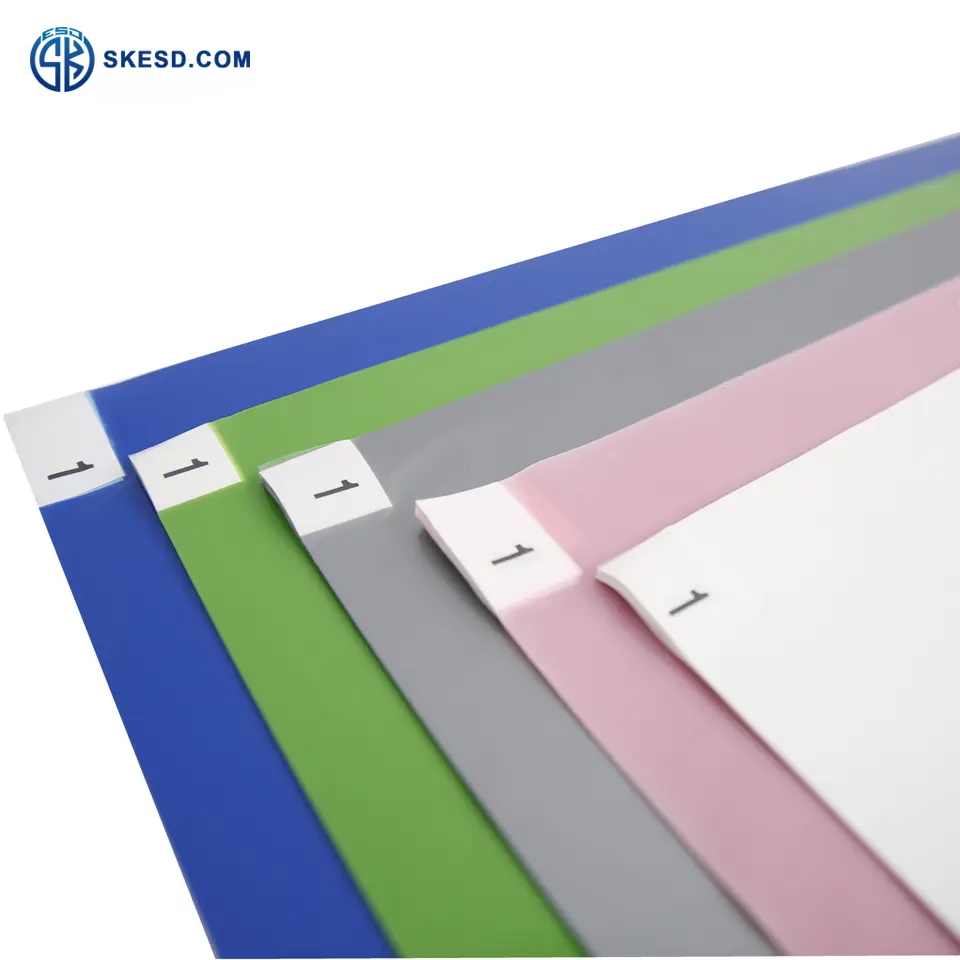Cleanroom wipes are essential tools for maintaining cleanliness and sterility in controlled environments. However, proper storage of these wipes is often overlooked. In this post, we will delve into the significance of cleanroom wipes storage and provide you with valuable tips to optimize their performance.

Importance of Cleanroom Wipes Storage:
Proper storage of cleanroom wipes plays a crucial role in preserving their integrity and effectiveness. When stored incorrectly, wipes can accumulate contaminants or become damaged, compromising their ability to maintain cleanliness. To ensure consistent performance, it is essential to follow the best practices for cleanroom wipes storage.
Best Practices for Cleanroom Wipes Storage:
- Dedicated Storage Area: Designate a specific area solely for clean room wipes storage. This area should be clean, dry, and free from chemical or particle contamination. Consider using enclosed cabinets or shelves to protect wipes from airborne particles and potential spills.
- Temperature and Humidity Control: Maintain the storage area at a controlled temperature and humidity level. Extreme temperature or humidity fluctuations can lead to the degradation of wipes, rendering them less effective. Aim for a temperature between 20°C to 25°C (68°F to 77°F) and a relative humidity of 40% to 60%.
- Proper Packaging: Keep cleanroom wipes in their original packaging or use appropriate containers specifically designed for cleanroom storage. Ensure the packaging is sealed properly to prevent contamination. Avoid resealing wipes with adhesive tapes, as they may introduce particles or adhesive residues.
- Inventory Management: Implement a system to track the expiration dates of cleanroom wipes. Establish a “first-in, first-out” policy to ensure that older wipes are used before newer ones. Regularly inspect the stock to identify any damaged or compromised wipes.
- Avoid Sunlight Exposure: Protect cleanroom wipes from direct sunlight or UV radiation. Ultraviolet rays can cause degradation and reduce the efficacy of wipes. Store wipes in opaque containers or cabinets to shield them from light exposure.
Maintenance Tips:
- Cleanliness: Before storing cleanroom wipes, ensure your hands are clean and free from contaminants. Use gloves or cleanroom-compatible finger cots to avoid introducing particles onto the wipes.
- Handling: When removing wipes from their packaging, handle them with clean gloves or cleanroom-compatible tweezers to minimize the risk of contamination.
- Regular Inspections: Periodically inspect the wipes for signs of damage, such as tears, stains, or foreign particles. Damaged wipes should be discarded immediately to prevent cross-contamination.
FAQs:
Q1. Can I store cleanroom wipes in a regular storage room?
A1. Ideally, cleanroom wipes should be stored in a dedicated area to minimize the risk of contamination. If using a regular storage room, ensure it is clean, dry, and free from chemicals or particles that may compromise the wipes’ cleanliness.
Q2. Can I reuse cleanroom wipes?
Cleanroom wipes are typically designed for single-use to maintain their cleanliness and effectiveness. Reusing wipes can introduce contaminants and compromise their performance.
Proper cleanroom wipes storage is vital for maintaining their effectiveness in controlled environments. By following the best practices outlined in this post, such as designating a dedicated storage area, controlling temperature and humidity, and inspecting wipes regularly, you can optimize the performance and longevity of cleanroom wipes. Remember, clean and well-preserved wipes are essential for ensuring the cleanliness and sterility of your controlled environment.
continue reading




